This year we have again had a big of promotion of “No Mow May”. I am a definite sceptic. We undoubtedly need to promote the growing of flowering plants in our gardens and particularly flowering native plants, but I suspect that we will see little impact from just not mowing our lawns in May and, worse, this disappointment may deter eager participants from trying more positive measures.
I do limit my mowing in May, as I do all year. I leave the grass quite long and stopped using selective weedkillers and fertilisers to encourage white clover, celandines and violets. In one broadcast, the presenter from Spotlight appeared to be standing in what looked suspiciously like a wildflower meadow. I very much doubt that just limiting mowing your lawn will ever turn it into a wildflower meadow.
Since World War II, we have lost a huge percentage of our wildflower meadows, and our insects and birds do need them. As I have reported before, I have been trying to convert two of our small lawns into mini wildflower meadows, but my progress has been slow and certainly not linear. I wouldn’t like to say how many thousands of wildflower seeds I have sown. Many wildflower mixes, I would say are pretty disappointing. Some are mixtures of flowers native somewhere, just not here, and even many of our natives are very, very choosy about where they will grow, and a big percentage of seeds fail to germinate. Also beware of buying ready grown plants. Inadequate labelling, missing words such as “lesser” or “greater”, can be a life-or-death issue.

I will not embarrass myself by displaying a photograph of my attempts at a wildflower meadow, but Sylvia, our friend and neighbour, has been much more successful. She has, however, been working at it for thirty years, started with no or very little topsoil, and has “green fingers” (something I certainly don’t have). Her meadow is now an absolute delight to behold, and alive with insects. What is more, in recent years, difficult to propagate native species, like southern marsh orchids, have started to appear, apparently from nowhere.
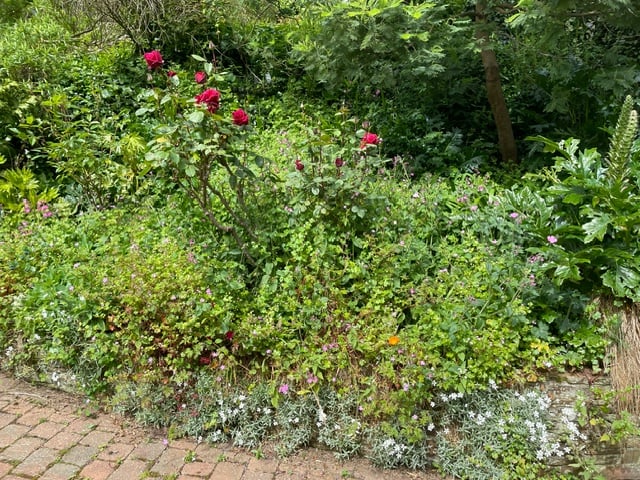

-Mike-Hitch.jpg?width=752&height=500&crop=752:500)
What I have found, like many before me, is that our native flowering plants, not to mention invasive non-native plants, are often much too ready to establish themselves in the flower beds and paths. Not that many years ago, I would have greeted them as unwanted interlopers and weeded them out. These days I greet them with much more tolerance, wonder whether the insect pollinators would like them, and recall the words of Bryan, a late friend in the Parish, who used to say that he had no weeds in his garden, just wild plants. Of course, I am not influenced at all by the sight in nurseries of small pots of Herb Robert and Red Campion for sale at massive prices – just look at the value of the plants in this bed! I suspect that Elaine is less convinced, but I am sure she would agree that some of the recent arrivals, like Greater Stitchwort, are attractive plants, and that one at least is quite small.
The result of all the rain earlier this year was to transform one of our sunniest beds, without me really noticing, into a sea of pink geraniums, wild and cultivated, and red campion, which stayed in flower for months. I did occasionally have to rescue the incumbent agapanthus from being swamped completely. Pollinators are supposed to prefer simple small flowers, especially natives, to our fancier cultivars, but I have noticed that some introductions such
as the libertia from New Zealand and gladiolus communis from the Mediterranean are the most irresistible.
We try to have flowers available in our garden all year round to attract the insects, and normally we are delighted by the sheer variety of bees, hoverflies and butterflies that surround us as we sit having breakfast. This year, however, has been a terrible year for insects. A result I suppose of that long, very wet winter and Spring. Who knows what next year will bring.
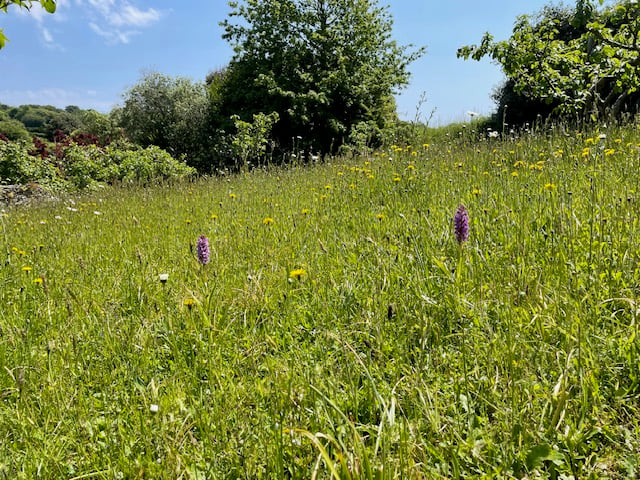
-spring-male-in-hedgerow.jpeg?width=209&height=140&crop=209:145,smart&quality=75)
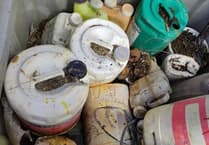
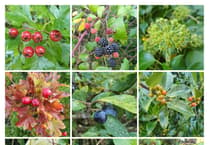
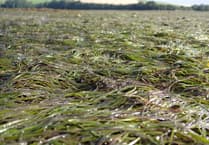
Comments
This article has no comments yet. Be the first to leave a comment.